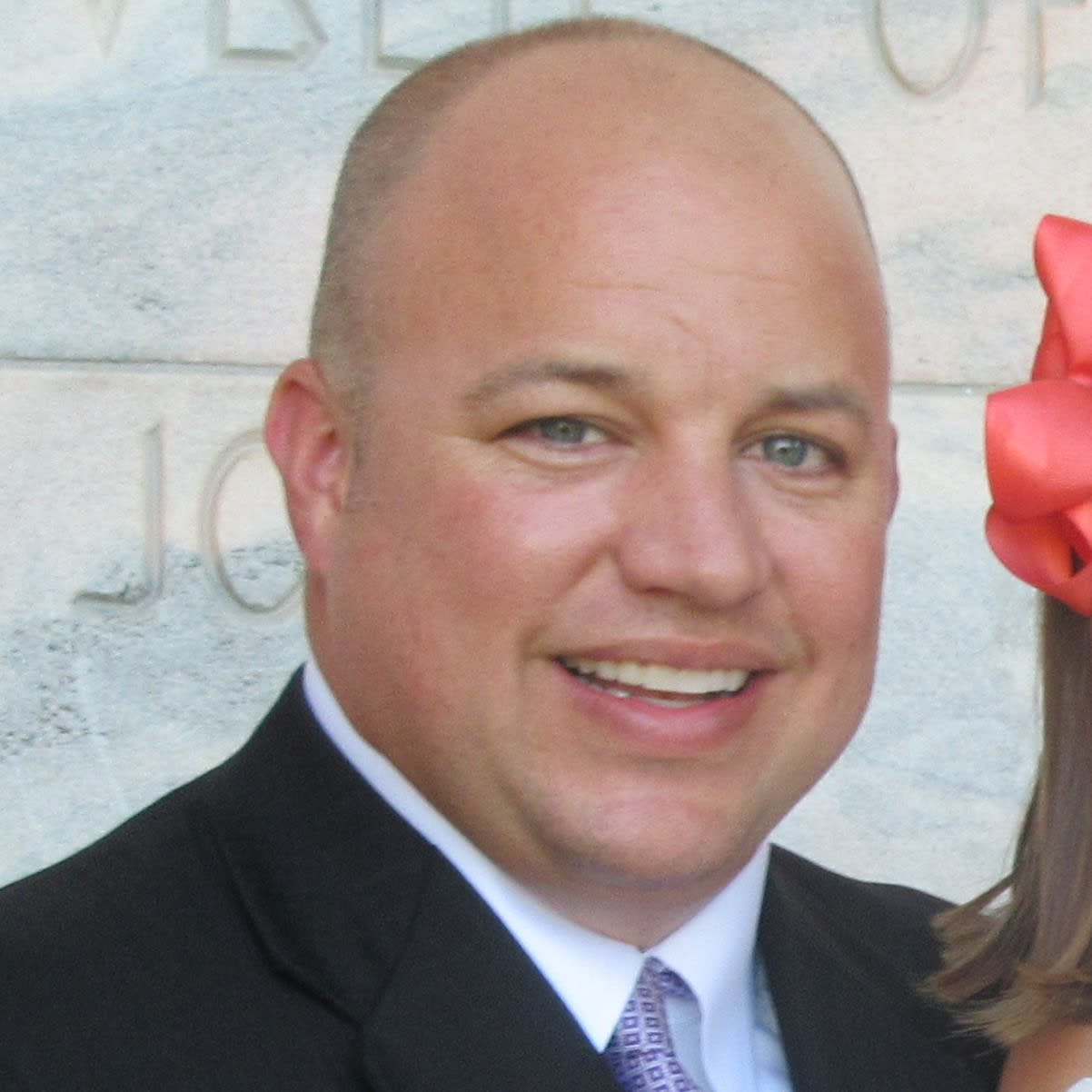
Big Ten Conference football is back.
The league's Council of President's and Chancellors officially voted unanimously for the league to return to play after extensive meetings over the last few days. The league confirmed in a release they will kick things back off on Oct. 23 and Oct. 24. This is one week later than the initially proposed Oct. 17.
All 14 teams will play, in what's expected to be an eight-week season that will include eight league games culminated by a conference championship game scheduled for Dec. 19. This puts the Big Ten now in a position to be a part of the College Football Playoff and other prestigious awards tied to the season like the Heisman Trophy.
“Our focus with the Task Force over the last six weeks was to ensure the health and safety of our student-athletes. Our goal has always been to return to competition so all student-athletes can realize their dream of competing in the sports they love,” said Big Ten Commissioner Kevin Warren. “We are incredibly grateful for the collaborative work that our Return to Competition Task Force have accomplished to ensure the health, safety and wellness of student-athletes, coaches and administrators.”
The league's decision to return to play is one of the more stunning turns we've seen in college football.
On Aug. 19, Warren said in an open letter that the decision to cancel the fall sports season "would not be revisited."
However, medical breakthroughs in COVID-19 rapid testing have given the league a different outlook from where things were in early August.
“Everyone associated with the Big Ten should be very proud of the groundbreaking steps that are now being taken to better protect the health and safety of the student-athletes and surrounding communities,” said Dr. Jim Borchers, Head Team Physician, The Ohio State University and co-chair of the Return to Competition Task Force medical subcommittee.
“The data we are going to collect from testing and the cardiac registry will provide major contributions for all 14 Big Ten institutions as they study COVID-19 and attempt to mitigate the spread of the disease among wider communities.”
On top of that, teams like Ohio State and Nebraska continued to keep the public pressure on the Big Ten to revisit their decision.
Even as late as Sept. 3 though, national reporters like CBS's Dennis Dodd gave the league zero chance of returning.
Over the weekend, we saw teams like Notre Dame, Clemson, Florida State, Kansas, Kansas State, Oklahoma, Texas, North Carolina, Iowa State and others all play clean games without any issues.
The NFL also appeared to have a very successful Week 1 start to its 2020 season.
Between this, the medical breakthroughs over the last month and the intense public scrutiny the Big Ten was under, football is back.
We will get two fewer games than before, but this will be a much better face for the league than trying to sell fans and players on a winter schedule that most likely would've included zero home games.
“From the onset of the pandemic, our highest priority has been the health and the safety of our students. The new medical protocols and standards put into place by the Big Ten Return To Competition Task Force were pivotal in the decision to move forward with sports in the conference,” said Morton Schapiro, Chair of the Big Ten Council of Presidents/Chancellors and Northwestern University President, and Chair of the Return to Competition Task Force Steering Committee. “We appreciate the conference’s dedication to developing the necessary safety procedures for our students and the communities that embrace them.”
